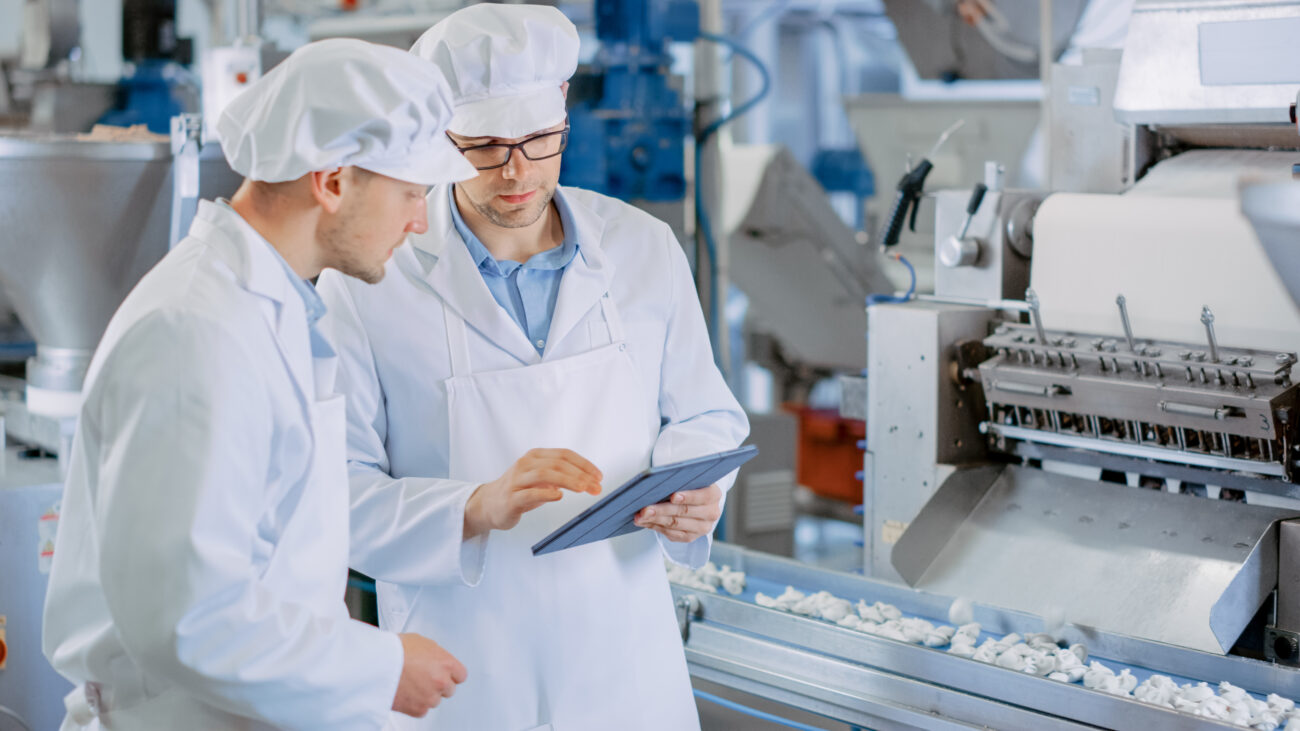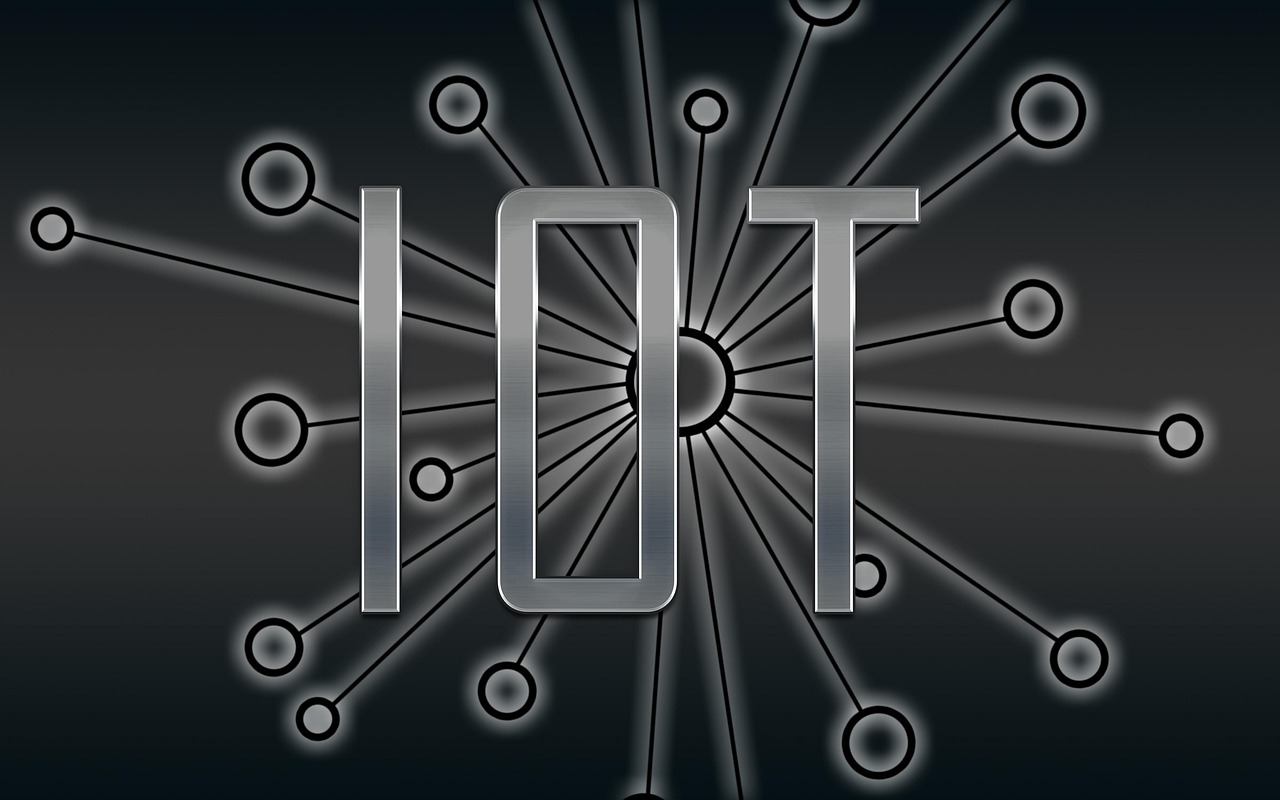Automated Quality Control Using AI and Computer Vision
In today’s fast-paced manufacturing landscape, delivering flawless products at scale is no longer a competitive advantage—it’s a necessity. As traditional quality control systems struggle to keep up with the volume and complexity of production, AI-driven

In today’s fast-paced manufacturing landscape, delivering flawless products at scale is no longer a competitive advantage—it’s a necessity. As traditional quality control systems struggle to keep up with the volume and complexity of production, AI-driven computer vision is revolutionizing the way industries detect, diagnose, and prevent defects. This convergence of automation, artificial intelligence (AI), and imaging technologies is setting a new standard for quality assurance, speed, and operational efficiency.
The Limitations of Manual Inspection
Historically, quality control (QC) has relied heavily on human inspectors to visually assess products for flaws such as scratches, deformations, or misalignments. While experienced inspectors can catch many defects, manual inspections are inherently limited by human fatigue, inconsistency, and scalability challenges. In high-speed production environments, even a slight lapse in attention can result in missed defects, product recalls, and damaged brand reputation.
Enter AI-Powered Computer Vision
Computer vision, empowered by AI and deep learning, allows machines to “see” and analyze images with incredible precision and speed. When deployed for automated quality control, AI models are trained on thousands of annotated images to recognize both subtle and severe defects across a wide range of products—from microchips and automotive parts to textiles and pharmaceuticals.
Key components of an AI-based QC system include:
- High-resolution cameras and sensors to capture real-time images of products on the production line.
- AI algorithms, often based on convolutional neural networks (CNNs), to detect anomalies by comparing real-time inputs with ideal models.
- Edge computing to enable real-time analysis close to the source, reducing latency and network dependency.
Benefits Across Industries
- Manufacturing: In electronics and automotive sectors, AI systems can detect minuscule cracks, surface scratches, or misalignments that are invisible to the human eye.
- Pharmaceuticals: Ensures the integrity of blister packs, labeling, and capsule shapes, maintaining compliance with strict regulatory standards.
- Food and Beverage: AI-driven QC detects contamination, packaging errors, or improper sealing to ensure consumer safety and brand trust.
Smart Quality Control in Action
Take the case of a global electronics manufacturer that implemented an AI-based computer vision system for PCB (printed circuit board) inspection. Prior to automation, defect detection accuracy hovered around 85%, with frequent rework required. After training AI models on historical defect data and implementing them on the assembly line, accuracy rose to over 98%, while inspection times dropped by more than 60%.
Similarly, a pharmaceutical company deployed AI to inspect injectable vials for particulates and labeling inconsistencies. The system flagged non-conforming products in milliseconds and significantly reduced false positives, which had been a recurring problem with older rule-based systems.
Challenges and Considerations
Despite its advantages, automated AI-based quality control is not plug-and-play. Key challenges include:
- Data requirements: AI models require large volumes of labeled data for training, which may be difficult to source for novel defects or customized products.
- System integration: Retrofitting AI into existing production lines may require careful planning and investment.
- Model drift: AI models can lose accuracy over time if not regularly updated to reflect changes in product design or defect types.
The Road Ahead: Adaptive and Predictive QC
The future of quality control lies not just in detection, but in prediction and prevention. AI systems are evolving to become adaptive—learning from ongoing production data to improve in real time. Combined with predictive analytics, these systems can foresee emerging quality issues before they affect outputs, allowing for preemptive maintenance and process adjustments.
Moreover, the integration of digital twins and Industrial IoT sensors is enabling closed-loop systems, where QC data informs upstream production decisions. This creates a virtuous cycle of continuous improvement and near-zero defect manufacturing.
Automated quality control using AI and computer vision represents a paradigm shift for industries striving to balance speed, cost, and precision. As the technology matures, its role will extend beyond inspection, becoming a central pillar of smart, autonomous manufacturing. By embracing this shift, organizations can achieve not just better products—but a fundamentally better production process.






